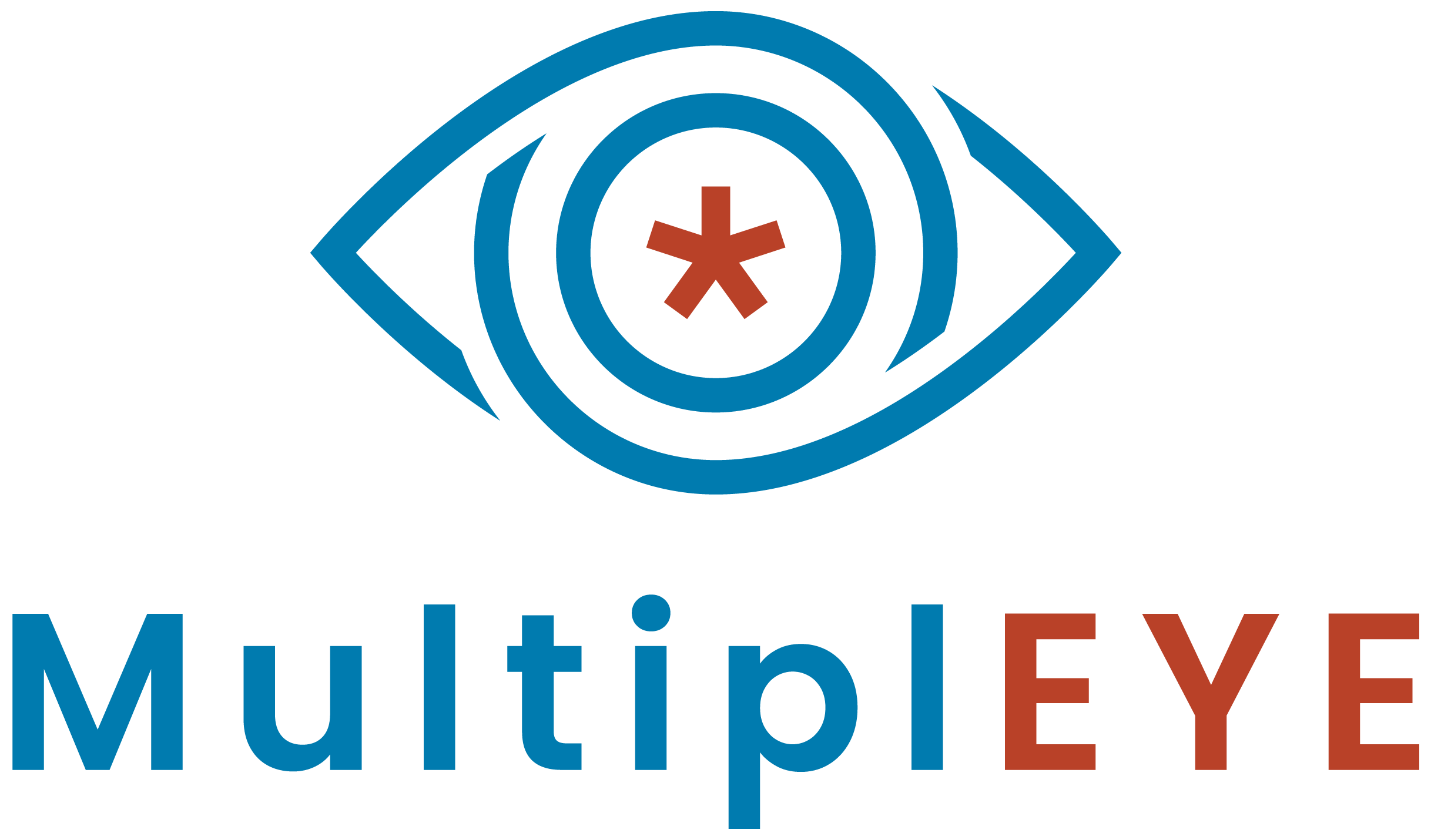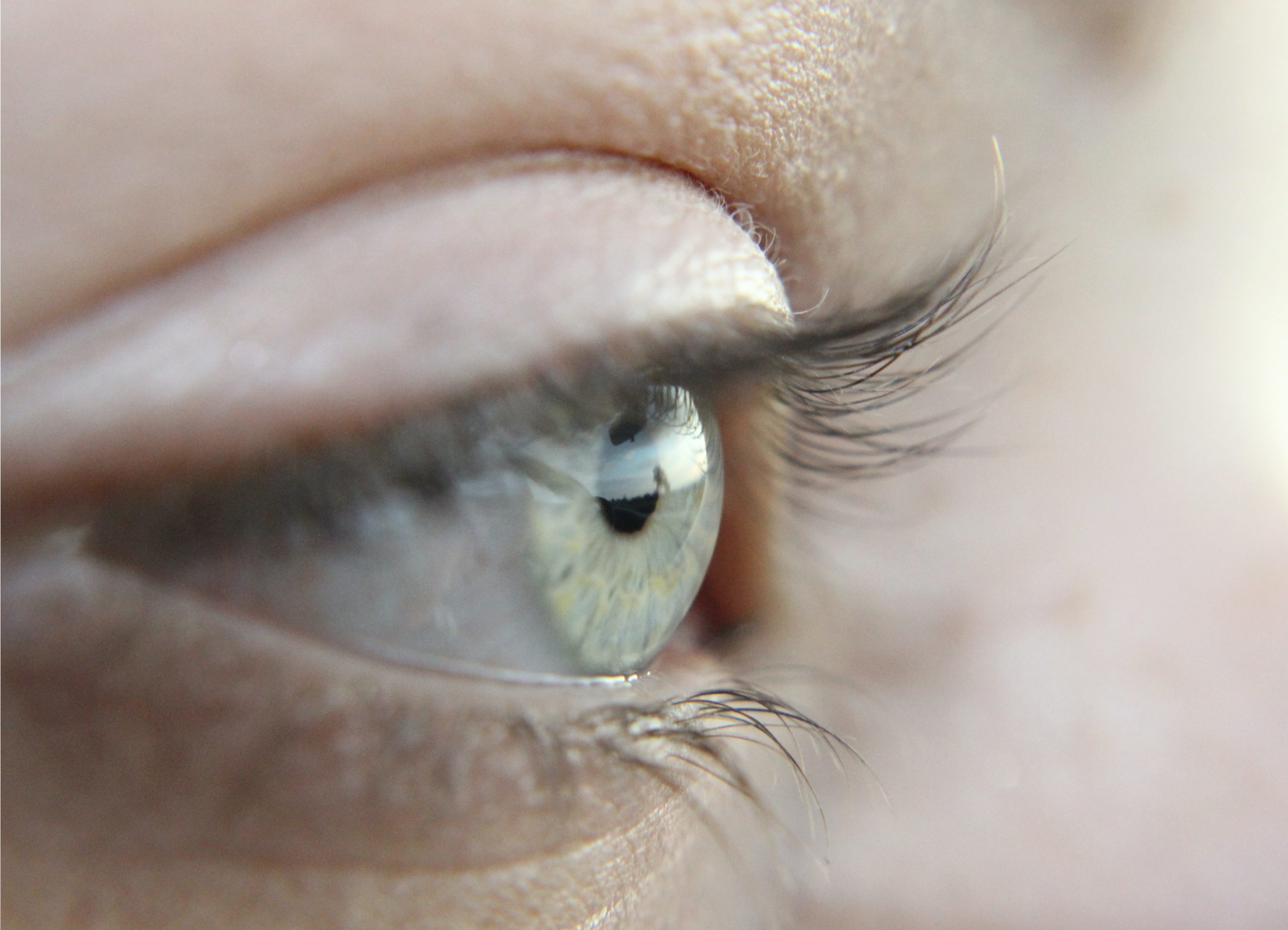About MultiplEYE
The MultiplEYE COST Action aims to foster an interdisciplinary network of research groups working on collecting eye tracking data from reading in many languages. The goal is to support the development of a large multilingual eye tracking corpus and enable researchers to collect data by sharing infrastructure and their knowledge between various fields, including linguistics, psychology, and computer science. This data collection can then be used to study human language processing from a psycholinguistic perspective as well as to improve and evaluate computational language processing from a machine learning perspective.
The MultiplEYE COST Action has three core goals:
1. To provide a platform for discussing the desiderata and reaching a common ground between psycholinguists and computational linguists for a multilingual eye-tracking and self-paced reading data collection. This includes developing and reaching a consensus concerning experiment design, stimulus selection, stimulus layout, experimental procedure, and data preprocessing.
2. To enable discussions on the psycholinguistic research questions that can be addressed with multilingual eye movement data and providing a broad network to initiate collaborations focusing on cross-linguistic and multilingual projects.
3. To advance the natural language processing and machine learning applications that leverage eye-tracking data and improve their cross-linguistic generalization abilities by bringing researchers from psycholinguistics and computational linguistics closer together.
Upcoming Workshops and Events
Gaze4NLP
ACL 2025 Tutorial: Eyetracking and NLP
09:00 – 12:30 CET
Vienna, Austria
Recent Updates
-
STSM Testimonial: Basque Language Pilot Data Collection for MultiplEye
Markéta Ceháková is a fourth-year PhD student in Czech language at Charles University in Prague, specializing in psycholinguistics. Her research focuses on sentence processing and language comprehension.During her research stay at the Basque Center on Cognition, Brain and Language (06/05/2025-02/06/2025), she mainly worked on the implementation of the MultiplEye experiment at the BCBL lab.
-
STSM Testimonial: Eye-Tracking Data Collection for the Catalan Language
Anna Bondar is a first year PhD student in the Department of Computational Linguistics at the University of Zurich. Her PhD project lies at the intersection of natural language processing and cognitive science. It explores how signals of human attention—captured via eye-tracking during reading—can serve as implicit supervisory feedback to train and evaluate large language…
-
Open Call for Short-Term Scientific Mission (STSM)
If you are a new participant, you may wish to know that STSMs are a wonderful opportunity to travel and learn! They aim to strengthen the existing networks by giving scientists the opportunity to visit an institution or a lab in another COST country to foster collaboration, learn a new technique, or to take measurements…
Subscribe to the MultiplEYE Newsletter
Please send an email to evistrandafili@unyt.edu.al to subscribe to our newsletter.
Your email address is used solely to send you our newsletter and information concerning our activities (3–4 times per year). You can unsubscribe any time by simply replying to the newsletter.
MultiplEYE members do not have to subscribe to receive the newsletter.

